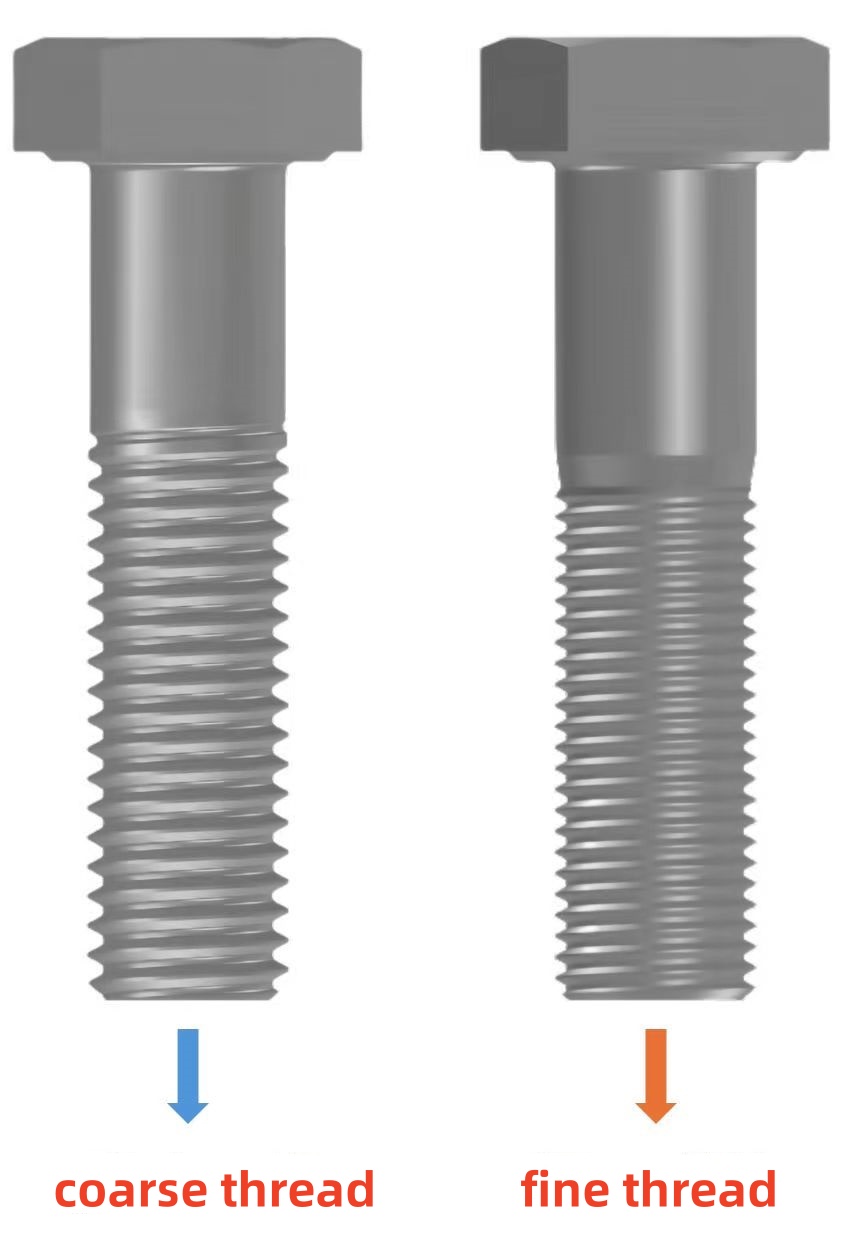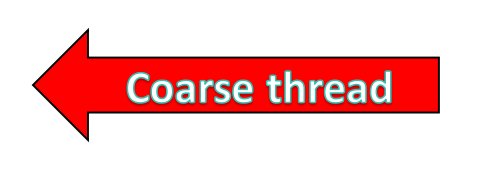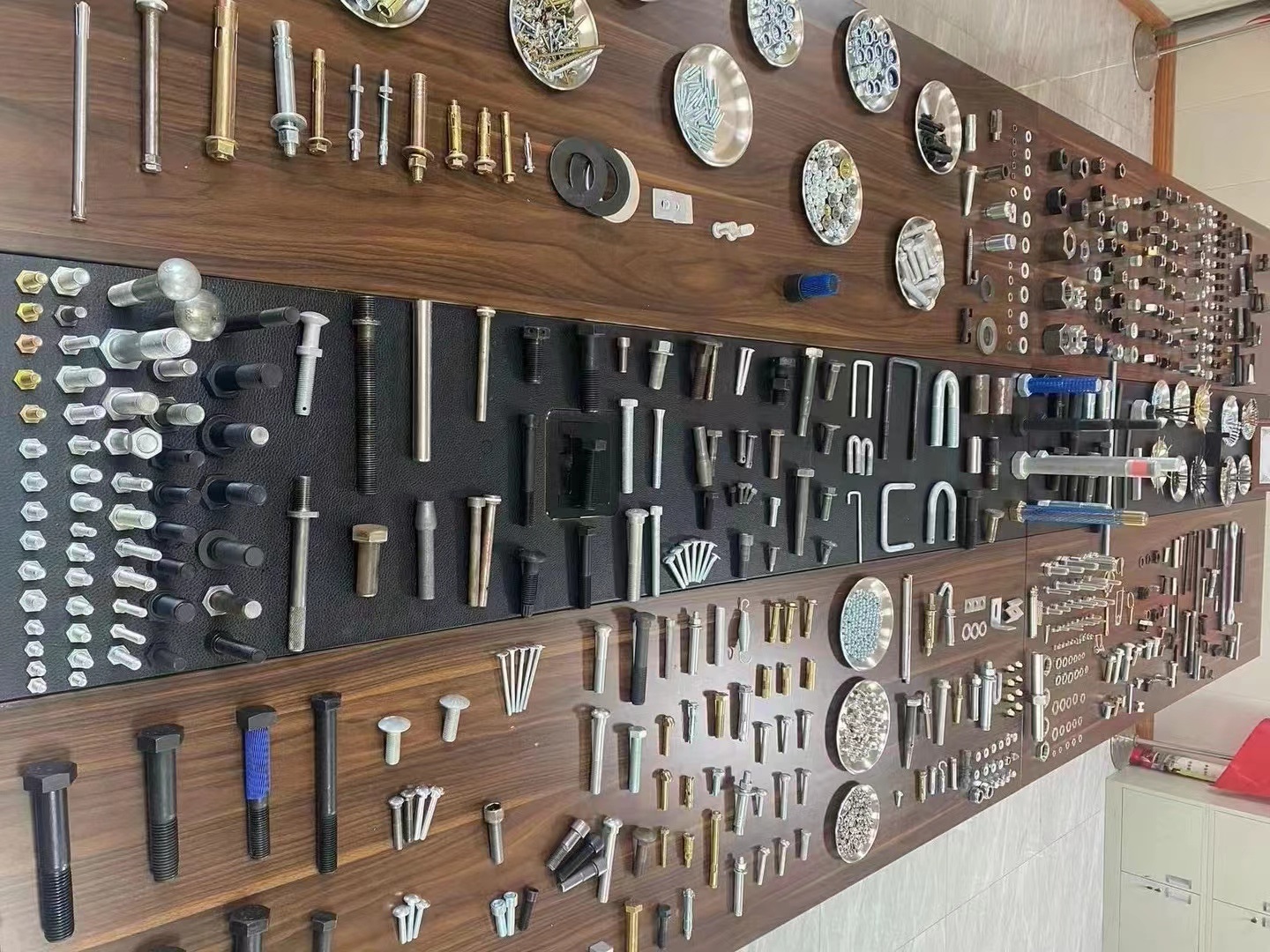Hexagon head bolts: difference between coarse and fine threads
Ordinary external threads have coarse and fine threads, the same nominal diameter can have a variety of pitches, of which the thread with the largest pitch is known as coarse threads, the rest are fine threads. For example, M16x2 is coarse thread, M16x1.5, M16x1 are fine thread.
The following figure shows the comparison of the threads of hexagon head bolts M12x1.75×50 and M12x1.25×50
.
Coarse threads are actually the standard threads that are often referred to, and in the absence of special instructions, we purchase bolts, screws, studs, nuts and other fasteners with coarse threads by default.
Coarse threads are characterized by high strength and good interchangeability. Generally speaking, coarse threads should be the optimal choice for fastener selection.
Compared with fine threads, coarse threads have a large pitch and a large angle of rise, and are slightly less self-locking, so they need to be fitted with an anti-loosening washer or used with a lock nut when used in a vibrating environment. The advantage of coarse thread is that it is easy to dismantle and install, and the standard parts with it are complete, so that it can realize the same specification and convenient interchangeability.
Coarse threads do not require special indication of pitch when labeling, such as M8, M10, M12, etc., and are mainly used as threaded connectors.
Fine thread is to supplement the assembly of coarse threads can not meet the special requirements of the use of environmental provisions, fine thread pitch is smaller, more conducive to self-locking, anti-loosening, and the unit length of the number of teeth of the fine thread is more, can play a role in reducing the risk of leakage, to achieve a certain sealing effect.
In some precision occasions, fine threads are more convenient for precise control and adjustment, for example, the external threads of precision adjustment parts are all fine threads.
The disadvantage of fine threads is that they are easy to damage, and a little carelessness during disassembly will damage the threads, thus affecting the assembly of the connecting subassembly, and it is not recommended to disassemble them several times.
Fine threads must be marked with a pitch to distinguish them from coarse threads, such as M8x1, M10x1.25, M12x1.5, and so on.
Fine threads are mainly used in hydraulic system pipe fittings, mechanical transmission parts, thin-walled parts with insufficient strength, assembly in restricted space or parts with certain self-locking requirements in the case of individually matched locking originals.
Haosheng fastener co.,ltd
Post time: Sep-04-2024










